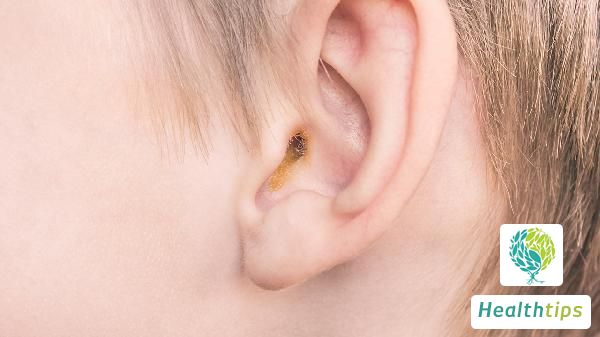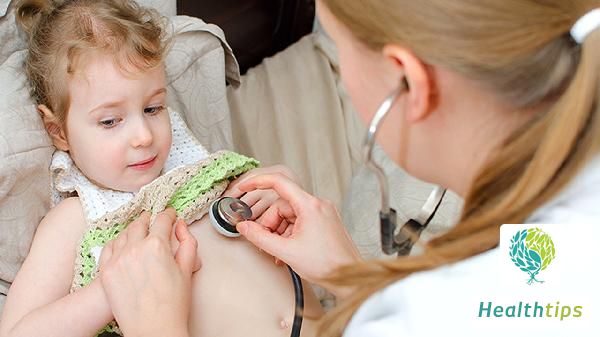What Is HP52?
HPV52 is a high-risk type of HPV52 positive, which is caused by human papillomavirus (HPV) type 52 infection. Generally, HPV infection can lead to the occurrence of cervical lesions, but long-term and persistent infection may increase the risk. HPV52 infection may potentially cause cervical lesions, therefore, it is crucial for patients with high-risk HPV52 positive to undergo cervical TCT examination. If the cervical TCT examination is normal, no special treatment is required for patients with sole high-risk HPV52 positive, and regular follow-up is sufficient. However, in cases where high-risk HPV52 positive is accompanied by a positive TCT examination, further vaginal mirror examination is needed to determine the next steps based on the findings.
Human papillomavirus (HPV) belongs to the papillomavirus genus of the Papovaviridae family and is a spherical DNA virus. It can cause squamous epithelial proliferation in human skin and mucosal tissues. More than 130 types of HPV have been identified, and different types can cause different clinical manifestations. Depending on the tissue location affected, HPV can be categorized into several groups:
Including HPV1, 2, 3, 4, 7, 10, 12, 15, which are associated with common warts, flat warts, plantar warts, etc.
Including HPV5, 8, 14, 17, 20, 36, 38, which are associated with epidermodysplasia verruciformis. Other malignancies potentially associated with HPV infection include vulvar cancer, penile cancer, anal cancer, prostate cancer, and bladder cancer.
Such as HPV-6, 11, 13, 32, 34, 40, 42, 43, 44, 53, 54, which are associated with infections of the genitalia, anus, oropharyngeal, and esophageal mucosa.
Including HPV-16, 18, 30, 31, 33, 35, 39, which are associated with cervical cancer, rectal cancer, oral cancer, tonsillar cancer, etc.
Biological Activity: HPV is resilient and can tolerate drying and long-term storage. It can be inactivated by heating or formalin treatment. Therefore, high-temperature sterilization and 2% glutaraldehyde disinfection can effectively eliminate HPV.



















